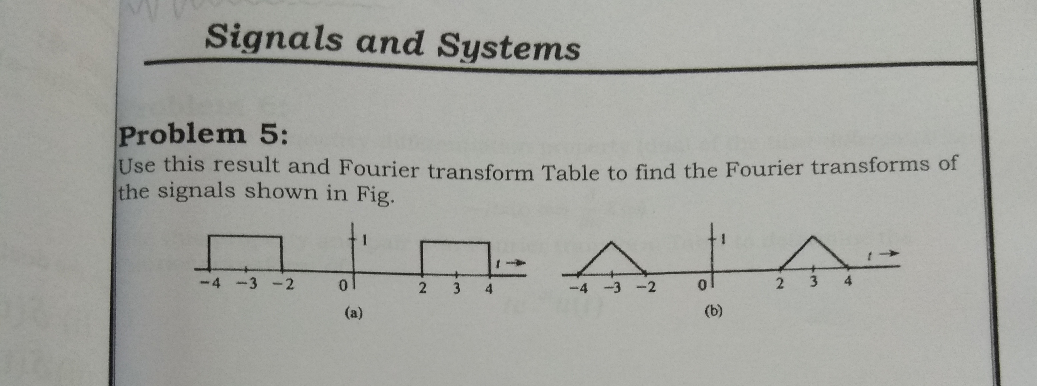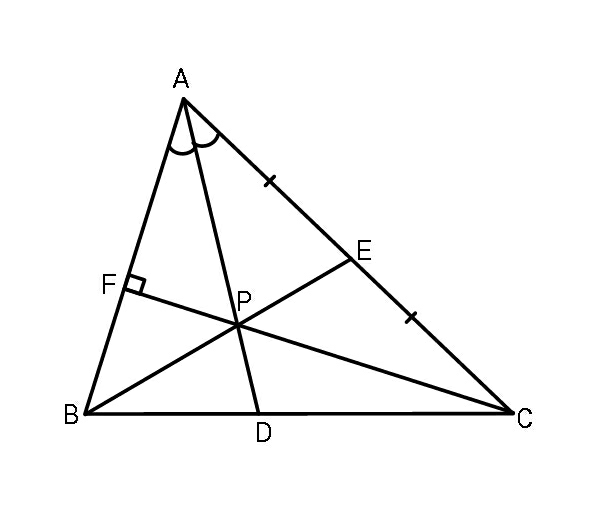
AllQuestion and Answers: Page 1461
Question Number 65271 Answers: 1 Comments: 0
$${x}^{\mathrm{4}} +{ax}^{\mathrm{2}} +{bx}+{c}=\mathrm{0} \\ $$$${solve}\:{for}\:{x}. \\ $$
Question Number 65270 Answers: 1 Comments: 0
Question Number 65269 Answers: 0 Comments: 0

Question Number 65261 Answers: 0 Comments: 1
Question Number 65239 Answers: 1 Comments: 8

Question Number 65235 Answers: 1 Comments: 2

Question Number 65227 Answers: 0 Comments: 3

Question Number 65219 Answers: 1 Comments: 1

Question Number 65217 Answers: 0 Comments: 1

Question Number 65214 Answers: 1 Comments: 3
Question Number 65212 Answers: 1 Comments: 1

Question Number 65203 Answers: 1 Comments: 1
Question Number 65202 Answers: 1 Comments: 0
Question Number 65200 Answers: 2 Comments: 0

Question Number 65199 Answers: 1 Comments: 0

Question Number 65198 Answers: 0 Comments: 5
Question Number 65196 Answers: 0 Comments: 0
Question Number 65195 Answers: 0 Comments: 0
Question Number 65194 Answers: 0 Comments: 0
Question Number 65193 Answers: 0 Comments: 1
Question Number 65192 Answers: 1 Comments: 0
Question Number 65189 Answers: 1 Comments: 0
Question Number 65170 Answers: 0 Comments: 0
Question Number 65168 Answers: 2 Comments: 0
Question Number 65166 Answers: 2 Comments: 1
Question Number 65162 Answers: 0 Comments: 0

Pg 1456 Pg 1457 Pg 1458 Pg 1459 Pg 1460 Pg 1461 Pg 1462 Pg 1463 Pg 1464 Pg 1465
